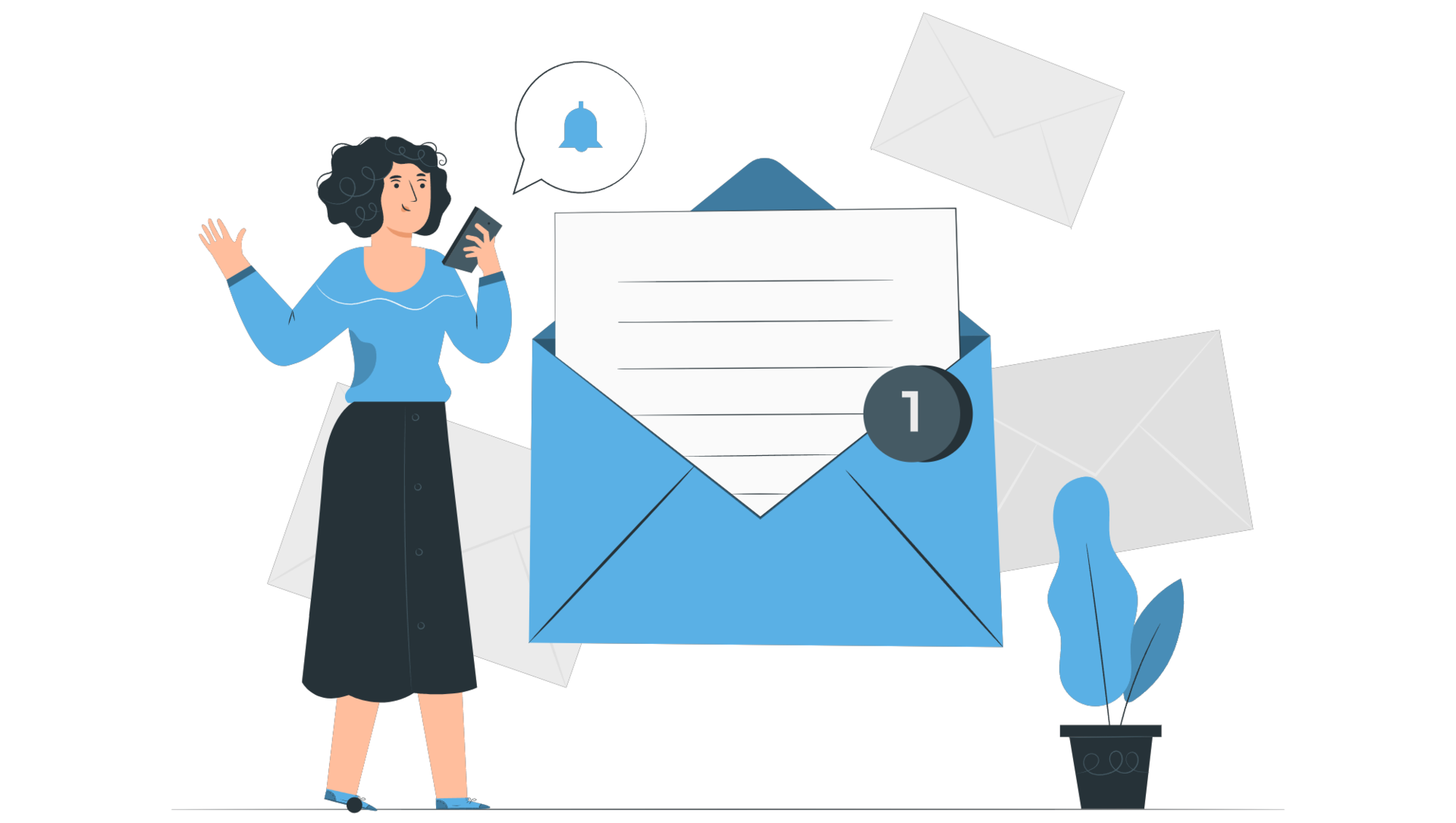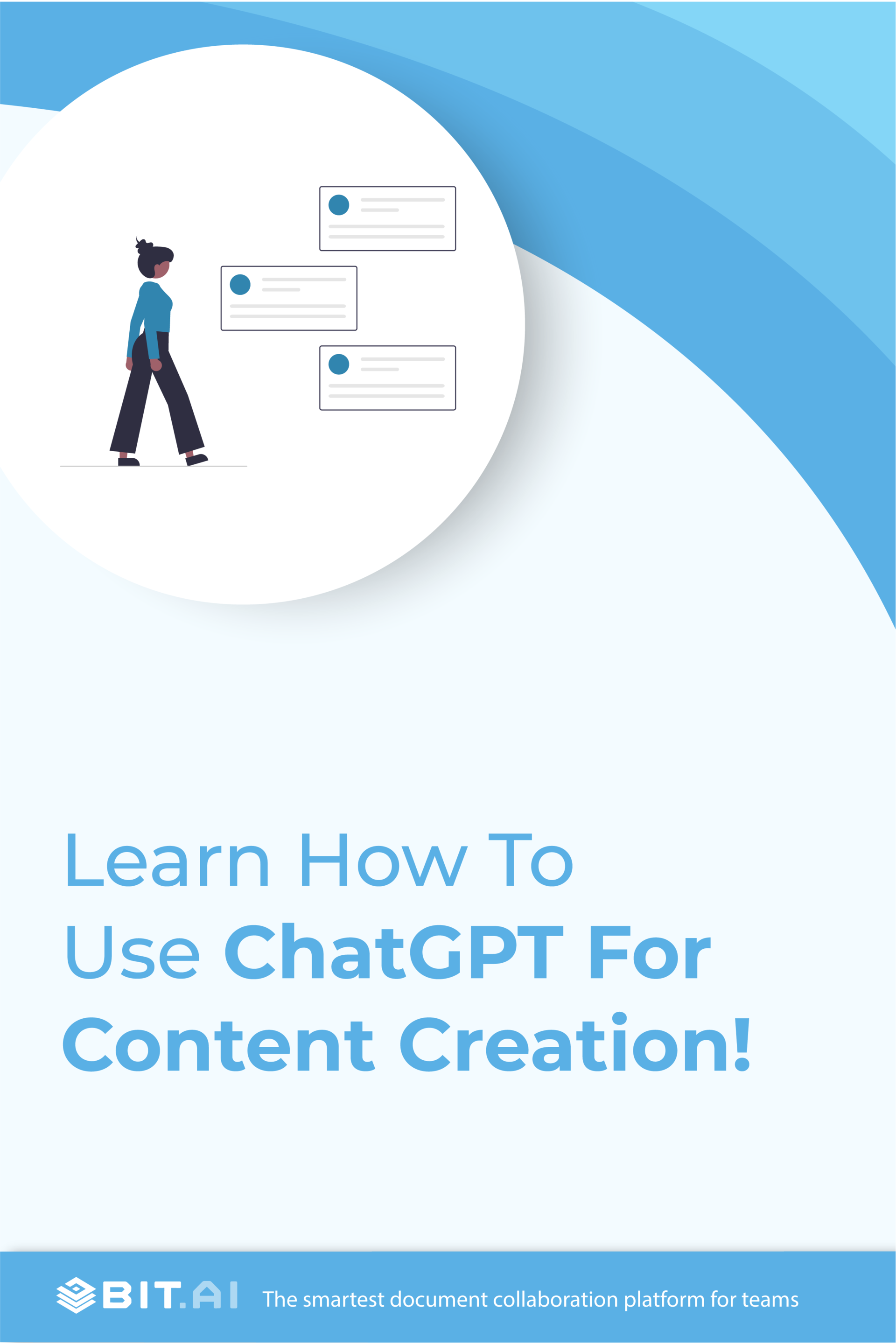Are you tired of staring at a blank screen, trying to create new and exciting content for your blog or social media accounts? Do you wish you had a personal assistant to help you generate fresh ideas and witty phrases?
Well, look no further than ChatGPT! As a language model based on the GPT-3.5 architecture, ChatGPT is equipped with cutting-edge technology to help you create content that will wow your audience. With its vast knowledge base and ability to understand natural language, ChatGPT can assist you in brainstorming ideas, crafting headlines, and even generating entire paragraphs.
Plus, with its friendly and approachable demeanor, chatting with ChatGPT is like conversing with a knowledgeable and witty friend. So why struggle to create the content independently when you can have ChatGPT as your trusty sidekick?
In this blog, we will discover how ChatGPT can help you create content that will captivate and engage your audience! Let’s get started, shall we?
What is ChatGPT?
First off, let’s try to understand what exactly is ChatGPT. Developed by OpenAI, ChatGPT is a natural language processing tool driven by AI technology, specifically designed to interpret and respond to human instructions conversationally. This AI-based chatbot system is trained on a massive text dataset to generate responses that sound like a human wrote.
ChatGPT can generate content for various purposes, such as answering questions, narrating stories, translating languages, explaining scientific concepts, composing emails, drafting letters, writing essays or poems, and even developing codes. The best part? It does so in a natural-sounding tone.
ChatGPT is engineered to replicate a human conversation, requiring users to type in their questions or instructions and receive immediate responses and content.
Understanding How ChatGPT Works
Using ChatGPT is incredibly straightforward. First, you must sign up for an account on the chat.openai.com website using one of your email addresses. Once you’ve registered, you’ll be ready to use ChatGPT.
To use ChatGPT, input your question or instruction, and it will use its NLP capabilities to analyze the text and generate a response. The more information you provide, the better ChatGPT will be able to understand your request and generate a relevant response. So if you have specific requirements regarding style, format, language, and so on, you can provide ChatGPT with those instructions, and it will follow them accordingly. It can also learn from previous conversations and user feedback to improve its responses.
ChatGPT uses a combination of natural language understanding (NLU) and natural language generation (NLG) techniques to interpret user inputs and generate appropriate outputs. NLU helps ChatGPT understand the meaning behind user inputs by analyzing the text for syntax, grammar, and context.
One of the key advantages of ChatGPT is its ability to generate text in a conversational style rather than simply providing robotic, formulaic responses. This makes it ideal for various applications, from customer service and support to content creation and writing assistance.
Now that you know a bit about ChatGPT and how it works, let’s go over how ChatGPT can help you with content creation.
Ways ChatGPT Can Help You With Content Creation
1. Email Newsletter Subject Lines

Let’s face it – crafting the perfect email subject line can be a daunting task. But with ChatGPT, this becomes easy-peasy. It lets you create attention-grabbing subject lines that increase your email open rates and engagement.
ChatGPT uses its language model to analyze your content and provide a range of subject line options that resonate with your target audience. These subject lines are designed to effectively convey your message and entice your readers to click and read on.
ChatGPT can consider various factors when generating subject lines, such as the recipient’s demographics, interests, and behavior. Moreover, ChatGPT can also help you A/B test your subject lines by generating multiple options and analyzing which ones perform best. Say goodbye to boring subject lines and hello to higher email engagement with ChatGPT!
2. Instagram Captions/Bios
Want to level up your Instagram game? Then focus on your captions and bios. Captions provide context to your posts, convey your message, and engage your followers. At the same time, bios give your audience an insight into who you are as a brand or individual, your values, and your personality.
With ChatGPT, you can create compelling captions and bios that accurately represent your brand messaging and resonate with your target audience. Regarding captions, ChatGPT can generate a range of options based on your post’s content, theme, and context.
The chatbot can analyze your brand’s voice and tone, suggest creative and engaging phrases and keywords that effectively communicate your values and personality, and create compelling call-to-actions that encourage your followers to engage with your post and leave comments or reactions. Say goodbye to mediocre captions and bios, and hello to a thriving Instagram presence with ChatGPT!
3. YouTube Video Intros
Attention-grabbing video introductions are critical to keeping viewers engaged and invested in your content. They set the tone and provide a glimpse into what your video is all about. However, coming up with a captivating introduction can be a challenge. Luckily, ChatGPT can help!
ChatGPT can analyze your video’s content, style, and tone as a language model and generate creative and engaging video introductions that resonate with your audience and convey your message effectively. It can suggest attention-grabbing hooks, catchy phrases, or thought-provoking questions that keep viewers hooked and excited about what’s to come.
With ChatGPT’s assistance, you can create video introductions that set the stage for a compelling narrative or informative presentation. The chatbot can help you tailor your introduction to your target audience and ensure it resonates with them personally.
4. LinkedIn Posts
Ready to establish yourself as a thought leader in your industry? LinkedIn is the perfect platform to showcase your expertise and knowledge. And how can ChatGPT help here, you ask?
Using ChatGPT, you can write posts that effectively highlight your skills and craft engaging headlines that capture your audience’s attention. Since it uses its language model to analyze your industry trends and audience’s interests, it provides relevant and engaging post ideas that help establish your brand as a leader in your field.
Whether you want to grow your network or generate leads, ChatGPT can help you elevate your LinkedIn presence and establish your professional reputation. Start creating impactful content today with ChatGPT!
5. Tweets
Twitter is a social media platform that moves quickly, and it can be challenging to get your messages noticed amidst the constant stream of content. ChatGPT can be incredibly useful here. The chatbot’s language model can analyze your target audience’s interests and popular industry trends to provide you with tweet ideas that are both impactful and concise.
With ChatGPT’s assistance, you can craft tweets that effectively communicate your message and engage your followers. By consistently creating high-quality content that stands out in your followers’ feeds, you can increase your engagement on the platform and build a strong following.
Whether promoting your brand, sharing industry news, or simply connecting with your followers, ChatGPT can help you create effective tweets that get noticed.
6. Keyword Research
Keyword research is crucial to creating content and optimizing it for search engines. The right keywords can help your content reach your target audience and increase its visibility on search engine result pages (SERPs). And ChatGPT can help you with that too!
As a language model, ChatGPT can help you research and identify relevant keywords for your content. Analyzing popular search queries and industry trends, it offers you a range of effective keywords that will likely increase your content’s visibility and attract more traffic to your website.
You can provide ChatGPT with information about your target audience, the topic you want to write about, and any specific keywords or phrases you want to target. Based on this information, ChatGPT can analyze search data and generate a list of keywords that will likely be effective for your content.
7. Writing Blogs
 As a blogger, you know that regularly creating fresh and engaging content is challenging. However, with ChatGPT by your side, generating ideas and crafting compelling blog posts has never been easier. ChatGPT can help you develop innovative ideas relevant to your target audience and the industry trends that matter most.
As a blogger, you know that regularly creating fresh and engaging content is challenging. However, with ChatGPT by your side, generating ideas and crafting compelling blog posts has never been easier. ChatGPT can help you develop innovative ideas relevant to your target audience and the industry trends that matter most.
Gone are the days of staring at a blank screen, trying to develop blog post ideas. With ChatGPT, you can generate a list of potential topics with just a few clicks. The chatbot analyzes your target audience’s interests and search queries to suggest interesting and relevant topics to your readers. You can use these ideas to create high-quality content that resonates with your audience and keeps them returning for more.
But that’s not all. ChatGPT can also help you write engaging intros and conclusions that capture your reader’s attention and keep them reading until the end. By analyzing popular writing styles and techniques, ChatGPT can suggest compelling phrases and sentence structures that make your blog posts more interesting and engaging.
Read More: How To Write A Blog Post Readers Will Love?
8. Story Writer
Storytelling is an art that has been used for centuries to captivate audiences and convey important messages. But did you know that ChatGPT can take your storytelling skills to the next level by generating creative story ideas and plot twists that keep your readers hooked?
ChatGPT can help you analyze popular storytelling techniques and genres that offer you a range of creative ideas for stories that communicate your brand’s message. By understanding your brand’s tone and voice, ChatGPT can suggest story ideas that match your brand’s personality and values, making your stories more relatable and authentic.
In addition, ChatGPT can help you create plot twists that keep your readers on the edge of their seats. ChatGPT can suggest unexpected twists and turns that make your stories more interesting and engaging by analyzing popular plot structures and storytelling techniques.
9. Content Summarization
Don’t let lengthy content intimidate your readers! With ChatGPT, you can create concise and engaging summaries that make your content more accessible and shareable.
ChatGPT can analyze your content and provide a summary that effectively communicates the key points, making it easier for your readers to understand the main ideas without reading the entire piece. This not only makes your content more digestible but also increases its shareability.
ChatGPT can help you create engaging and easy-to-read summaries, using techniques like active voice and concise language to keep your readers interested. ChatGPT can suggest sentence structures and phrases that make your summaries more engaging and memorable by analyzing popular writing styles and techniques.
In summary, ChatGPT is great for content summarization! So why not let ChatGPT help you create summaries that make your content more digestible and effective?
Now that we have covered how ChatGPT can help with content creation let’s go over the drawbacks preventing it from doing many things.
What ChatGPT Can’t Do?
1. Biased Responses
Since ChatGPT is trained on data that humans generate, it may reflect the biases and prejudices that exist in our society. This can result in biased responses that may perpetuate harmful stereotypes or discriminatory attitudes. For example, suppose someone asks ChatGPT for information about a particular group of people. In that case, it may provide biased or inaccurate information based on the biases in the data it was trained on.
2. Limited Understanding of the Physical World
ChatGPT does not directly access the physical world and relies on text-based inputs. This can limit its ability to understand and respond to certain questions or situations requiring physical knowledge or sensory input. For example, suppose someone asks ChatGPT for help fixing a broken appliance. In that case, it may be unable to provide helpful advice because it does not have the physical knowledge needed to understand the problem.
3. Limited Ability to Learn from Feedback
While ChatGPT can be fine-tuned based on user feedback, it cannot learn as humans do. It may not be able to recognize or correct its own errors in the way humans can, limiting its ability to improve over time.
4. Answers Depend on the Quality of Instructions
Have you ever wondered why ChatGPT’s answers can sometimes be off the mark? Well, one of the main limitations of this language model is that it heavily relies on the quality of instructions the user provides. So if you’re unclear or inarticulate, then it will heavily reflect on the answers it gives.
5. Inaccurate, Wrong, and Outdated Answers
Unlike a search engine, ChatGPT can’t magically pull the right answer out of thin air. Instead, it relies on the data it’s been trained on, which means there’s always room for error. And since ChatGPT is still a relatively new technology, it cannot always provide accurate answers due to a lack of training. What’s more? The most recent data ChatGPT has been trained on dates back to September 2021, which means it’s currently operating with outdated data.
Wrap Up
ChatGPT is a powerful language model that has revolutionized the world of content creation. Its ability to generate human-like responses has opened up new avenues for businesses, writers, and individuals looking to streamline their content creation process.
While there are limitations to ChatGPT, it remains a valuable tool for those looking to improve their writing, streamline their content creation process, and access an endless supply of ideas and insights.
From creating compelling email subject lines to generating blog posts in a few seconds, ChatGPT has proven a valuable asset for anyone looking to stay ahead in the fast-paced world of content creation. So why not see how ChatGPT can transform your content creation process today?
Further Reads:
What is ChatGPT & How Can You Use It? (Benefits & Limitations)
27 Content Creation Tools Every Marketer Needs! (Category Wise)
Company Wiki vs Blog: What are the Differences & the Similarities?
9 Best Paraphrasing Tools for Writers! (Free & Paid)
Top 11 Content Marketing Trends in 2023!


